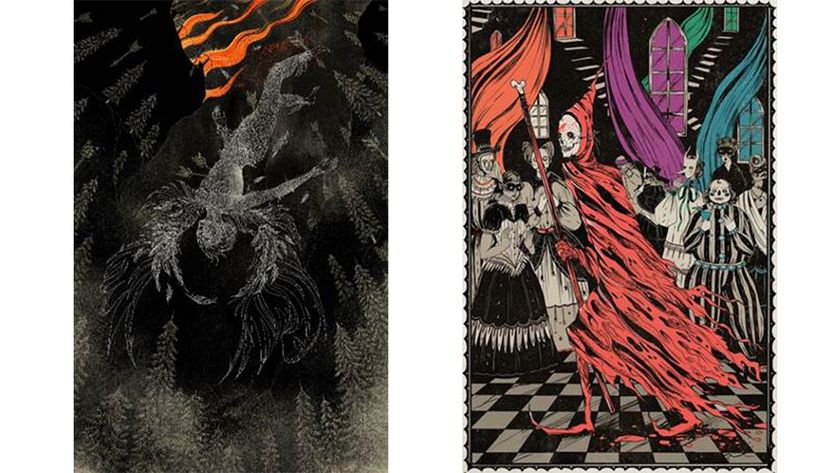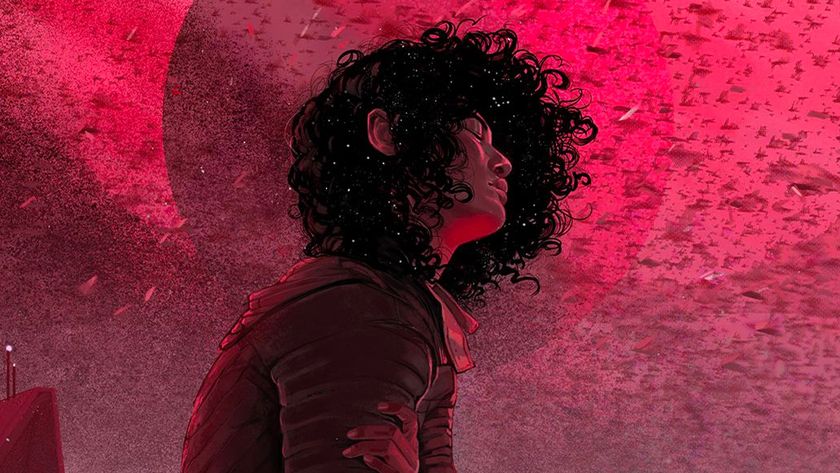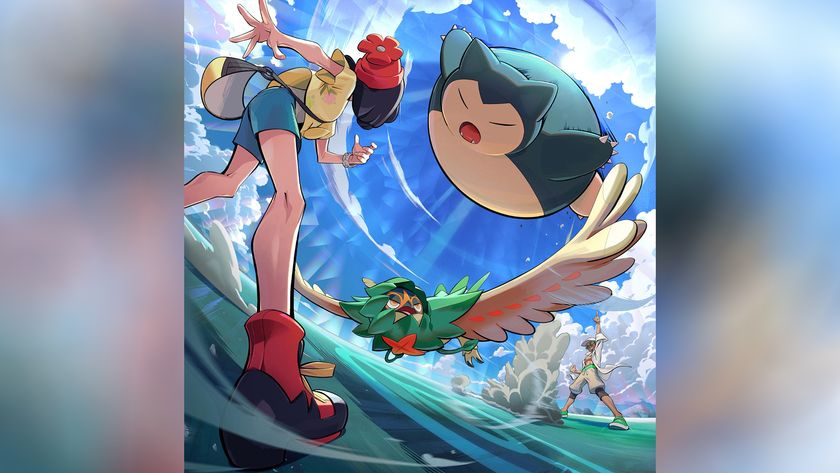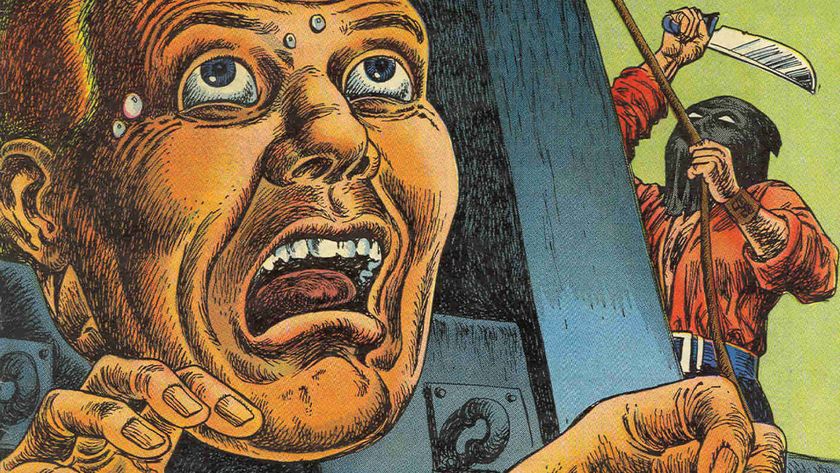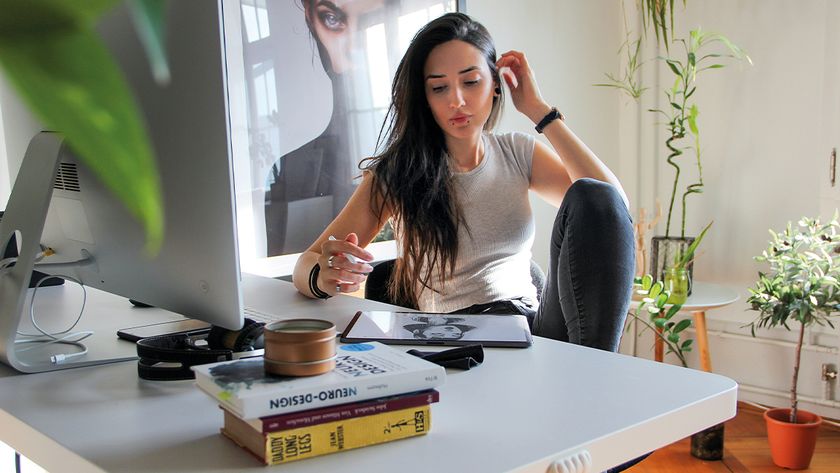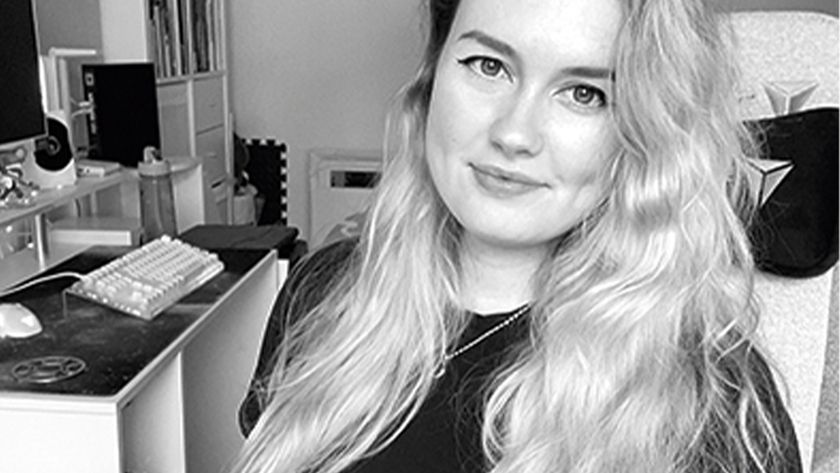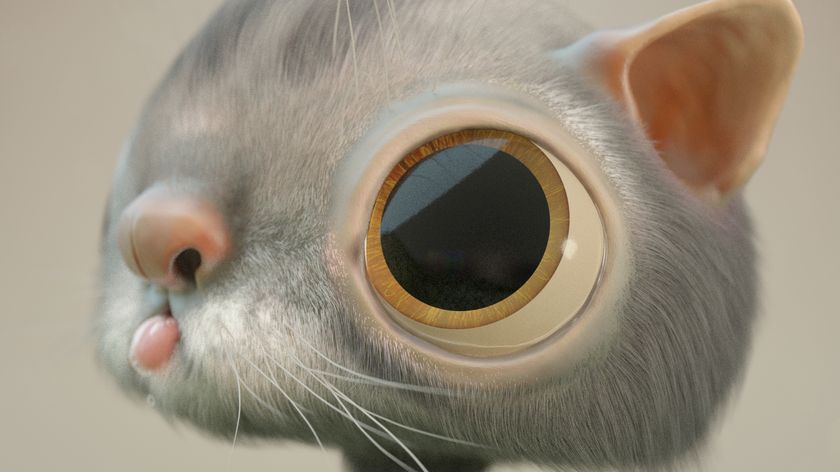How meditation inspired the art of John Harris
For the classic sci-fi artist John Harris mindfulness took his work to new heights.
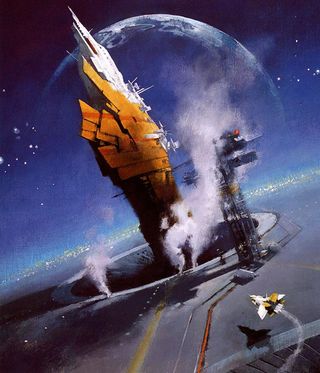
John Harris was part of the 1970s art explosion in London that saw a number of visionary artists change the way people thought of all things fantastical.
We speak to him about meeting Arthur C Clarke, mindfulness, and the importance of throwing the cat out of the studio.
What painting changed everything for you?
I can't remember any one epiphany regarding a painting until long after I left art college. I just grew into being an artist really.
And that was inseparable from a contemplative life. These two things merged together in my 20s. One sustains the other. Part of that was a love of space science and inevitably I came across Chesley Bonestell and his wonderfully atmospheric landscapes.
What's the appeal of depicting space?
That's a question that goes to the heart of why I'm an artist. I can't remember a time when I wasn't physically and mentally stirred by 'the vast'. I always felt it as a sensation in the body. Mentally, I associated it with the future. It filled me with electricity. This energy sparked off imagery in my mind, which I wanted to share.
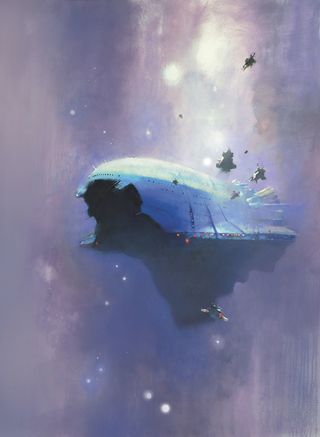
Did meditation influence your art?
I can't overstate the effect the practice of meditation had on the art. Before I started the practice, in 1970, I had been unable to formulate the feelings of the vast into any coherent expression, but after about five years of living and breathing that practice, it quite suddenly became clear as to how to proceed.
It's now second nature to translate those feelings into imagery.
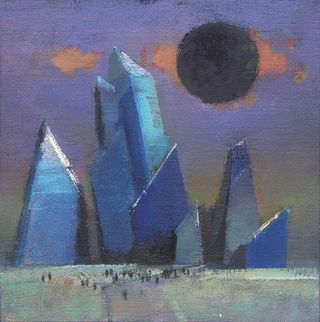
What was your first paid commission and the last piece you finished?
My first paid commission of any consequence was the trio of paintings in Alien Landscapes, published by Pierrot Publishing in 1979.
My latest commission was from Berkley Books, for Jack McDevitt, called Coming Home. Technically, it differs in medium, being in oils on canvas instead of shellac inks on paper.
Broader, more painterly maybe, but not much different from the first, and thematically calling on the same perceptions I've always had – of atmosphere, scale and space.
Have you any painting rituals?
I have no painting rituals to speak of, except chucking the cat out of the studio. I love her really, but her hairs do manage to get everywhere.
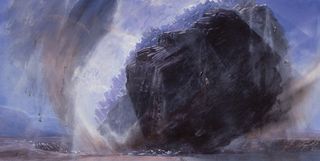
Where's the coolest place that your job has taken you?
Without doubt, a commission that took me to watch a rocket launch at Cape Canaveral has to be a high.
How did the invite by NASA to paint the launch come about?
In 1984 I went to the States for the first time. That spring I'd had the privilege of meeting Arthur C Clarke in Sri Lanka, and there I met a friend of his, Freddie Durant III.
It was he who suggested I contact NASA and show my work to them. So while I was living in Colorado, I took a trip south and visited the NASA headquarters in Houston. I left some slides with them and when I returned home to the UK there was an invitation waiting for me.
How has fantasy and sci-fi art changed over the years?
The state of sci-fi and fantasy art is a contentious issue. It's a hugely varied industry, but more and more now, I see the level of technical ability going through the roof.
If I do have a gripe, it's that the influence of the comic strip tends to dominate the industry, particularly in film.
However, this realm of art also offers the maximum freedom, with the discipline of remaining accessible to its public.
Words: John Harris
John is a British artist who, inspired by mindfulness, has created stunning sci-fi art since the 1970s. This article originally appeared in ImagineFX magazine issue 112.
Like this? Read these!
- How to create an atmospheric nightmare
- Digital artists' guide to making money in fine art
- How to draw faces without reference in Photoshop

Thank you for reading 5 articles this month* Join now for unlimited access
Enjoy your first month for just £1 / $1 / €1
*Read 5 free articles per month without a subscription

Join now for unlimited access
Try first month for just £1 / $1 / €1
Get the Creative Bloq Newsletter
Daily design news, reviews, how-tos and more, as picked by the editors.
The Creative Bloq team is made up of a group of design fans, and has changed and evolved since Creative Bloq began back in 2012. The current website team consists of eight full-time members of staff: Editor Georgia Coggan, Deputy Editor Rosie Hilder, Ecommerce Editor Beren Neale, Senior News Editor Daniel Piper, Editor, Digital Art and 3D Ian Dean, Tech Reviews Editor Erlingur Einarsson and Ecommerce Writer Beth Nicholls and Staff Writer Natalie Fear, as well as a roster of freelancers from around the world. The 3D World and ImagineFX magazine teams also pitch in, ensuring that content from 3D World and ImagineFX is represented on Creative Bloq.
